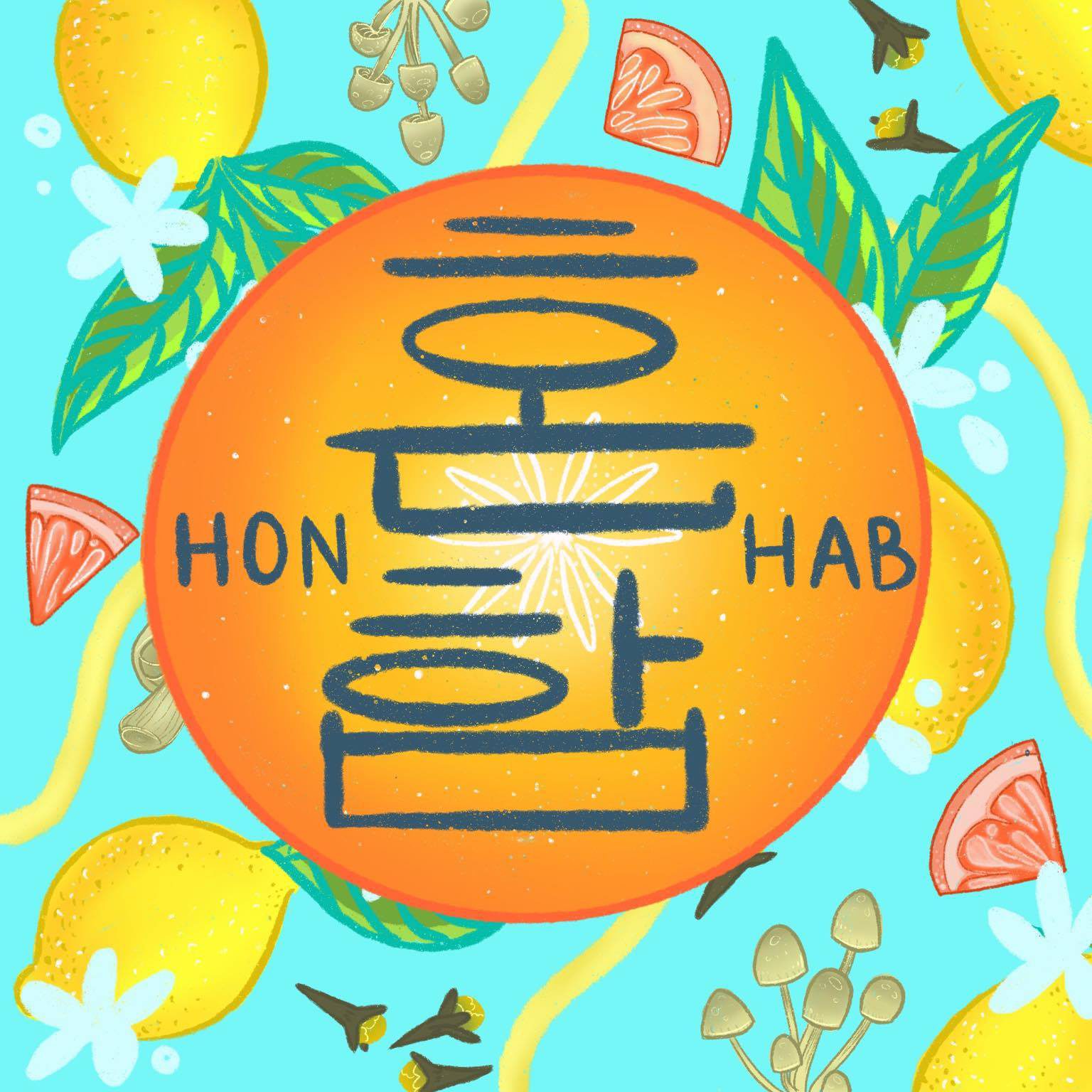My participant-ethnographic research study of kimchi preparation, stands at the intersections of critical ethnic studies and food studies. I ask: how has food impacted identity formation processes of multiracial Koreans? What stories are embedded in family recipes and what overt and hidden meanings are stored and reactivated in the act of making these recipes ? I am also interested in the ways recipes can be used to resist forgetting and finding connection.
For this research, my sister and I discussed our childhood experiences and the meanings embedded in food preparation and consumption which have shaped our different relationships to our Korean American identities. We did this by preparing kimchi, a stable side dish in every Korean household. Throughout the interview I will be sharing clips of our interview and kimchi making process.
(clip + music starts)
When I walk into almost any Korean restaurant, I can feel spiciness in the air. The tingle enters your nose intermingled with the various stews and meat the restaurant is offering. You can smell the pungent sour and saltiness of the 김치 (kimchi) wafting around. You might also be able to smell the subtle fishiness of anchovy and kombu broth which is found in many staple Korean soups like 순두부 찌개 (soft tofu stew) or 칼국수 (knife cut noodle soup).
Senses activate memories.
For my case in particular, My father is from the southern united states in the missourri tennessee region and my mother is from Wonju South Korea, a city just outside of Seoul. I had a hard time identifying with either of them. The pieces never really fit together because we were the only Asian people among a population of less than 800 that was a majority white and black. so My first connection was through food. It was what I had access to and I clung to it.
In the next clip I talk about the translation of memory with my sister and how something very small has large significance.
“It was always something I was reaching for to connect”
Many things that seem insignifigant to others like eggs
CLIP
CARE PACKAGES
I would hide it and eat it in secret while I wished I could run away to live with her. I would savor every piece of the fruit flavored jelly candy she would send. After awhile the CARE packages stopped coming. My sister and I thought our mom forgot about us. But in actuality She would keep calling my grandmother asking where we were and she would tell my mom that she didn’t know where were when we would be standing in the same room. We were lost children to my mom and we were lost in being able to find a connection to her. We became hidden.
Clip
Layla Sharif talks about it in her work around Palestinian food. She states, “At the same time, the site of the kitchen cannot be suspended to a space (Sharif pg. 218) The jarred sauce was my dads way of trying to make a palitable connection for us but in reality the saltiness was hiding something. I hid in the closet to find the connection that was lost while that saltiness of that jarred sauce was hiding and covering it.
Food often acts as an introduction to an unfamiliar culture which can be experienced through the senses. The ideology of the kitchen in the U.S. is this happy wonderful place but It is not simply a celebratory space where connection is made easy and direct. The kitchen is a site of our struggles and a creation of our identities.
These parts of culture and meaning making are continually taken away from people and re-presented by many chefs as gourmet and that say that they too care and value the food and the culture. Bringing it back to Layla Sharif, Palestinian olive oil is so highly valued, especially in high end and/or gourmet restaurants and people love to have it on their tables but what does it mean when people then turn around and continue to fund the genocide of the Palestinian people? Why do the people not matter too? In the process of making food, hidden knowledge can be revealed, which is especially important in a US context of cultural assimilation that devalues non-Western cultures and where remembering may carry trauma.
CLIP
In the next clip you will start the see the difference between the kimchis my sister and I made during our interview.
Many Korean families have their own kimchi recipes. In the late fall or early winter, a family and friends gather to participate in 김장 (kimjang) which is the laborious process of making large quantities of kimchi to last through the winter until summer time. Events like this happen across the world to continue to bring connection between people.
Using your senses create intimacy. The connection to my senses like smell and touch to intimacy creates an intimate connection to my mother. My sister makes her kimchi her way to create connections to her friends and because she wants to share with them. I use a more traditional technique to create the connection to what I felt was lost for a really long time.
